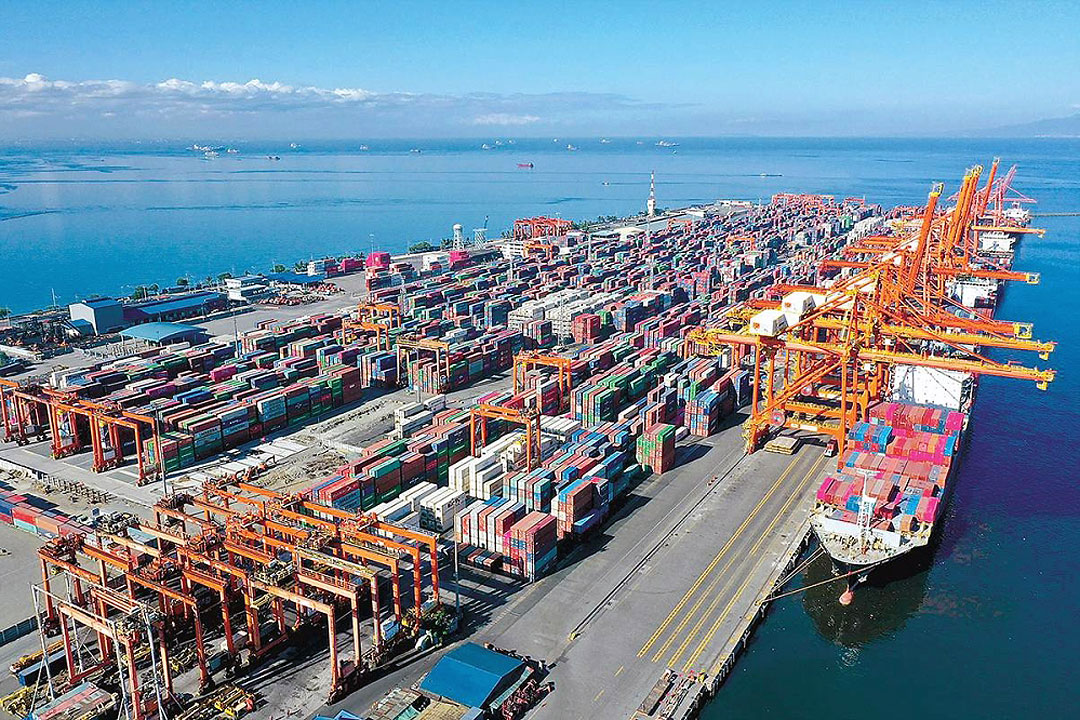THE PHILIPPINES is seeking the immediate implementation of the Regional Comprehensive Economic Partnership (RCEP) to spur economic recovery.
Trade Secretary Ramon M. Lopez said in a statement Thursday that the government hopes to finish the process of signing on to the treaty soon, adding that the leaders of the RCEP countries are calling for the immediate ratification and “entry into force” of the agreement.
“We hope to finish the concurrence process the soonest possible time so that the Philippines can deposit its Instrument of ratification, and be one of the first set of economies to benefit from the agreement once implemented by early 2022, as targeted,” Mr. Lopez said.
RCEP is an ASEAN-led Free Trade Agreement (FTA) which merges its existing regional FTAs with those agreed with Australia, China, Japan, South Korea, and New Zealand into a single economic partnership agreement.
The agreement is an open and rules-based trading system that can accelerate the region’s economic integration.
According to the Department of Trade and Industry (DTI), the RCEP agreement was signed by President Rodrigo R. Duterte on Sept. 2 and is now with the Senate for concurrence.
“Being part of a FTA is not only about market access, but a big attraction as well for investors to locate in the country. RCEP should be viewed as a platform to encourage more investments and service providers in vital sectors such as manufacturing, creative sectors, financial services, research and development, information technology-business process outsourcing (IT-BPO), professional services, and energy, among others,” Mr. Lopez said.
Once implemented, the DTI said RCEP will improve market access for all goods in the Asia-Pacific region, boosting Philippine exports, as well as making available cheaper goods for manufacturers, make trade more convenient, and make micro, small, and medium enterprises part of the global value chain.
“Based on 2020 data, the RCEP free trade area accounts for 29% of the world’s trade, 29% of world’s gross domestic product (GDP), 33% of global inward foreign direct investment (FDI), 47% of global outward FDI, and 2.3 billion population,” DTI said. — Revin Mikhael D. Ochave
